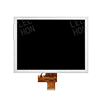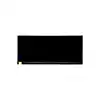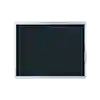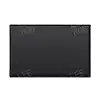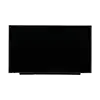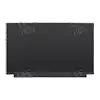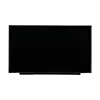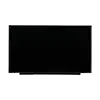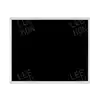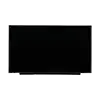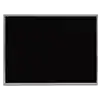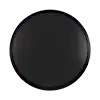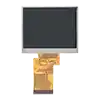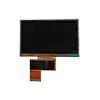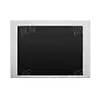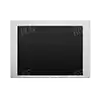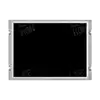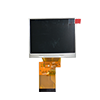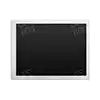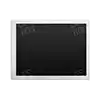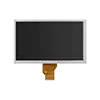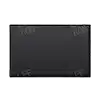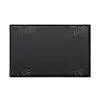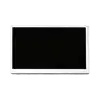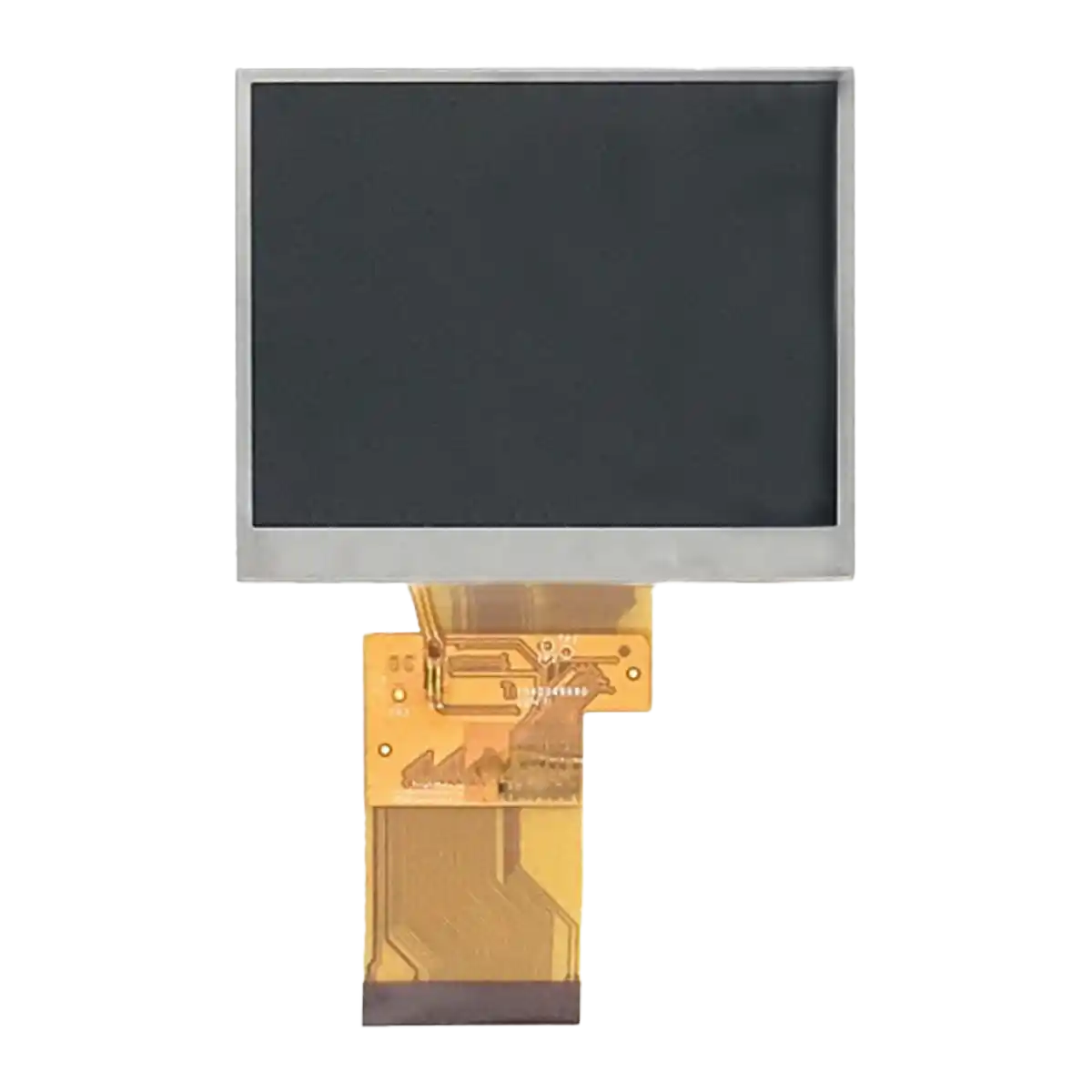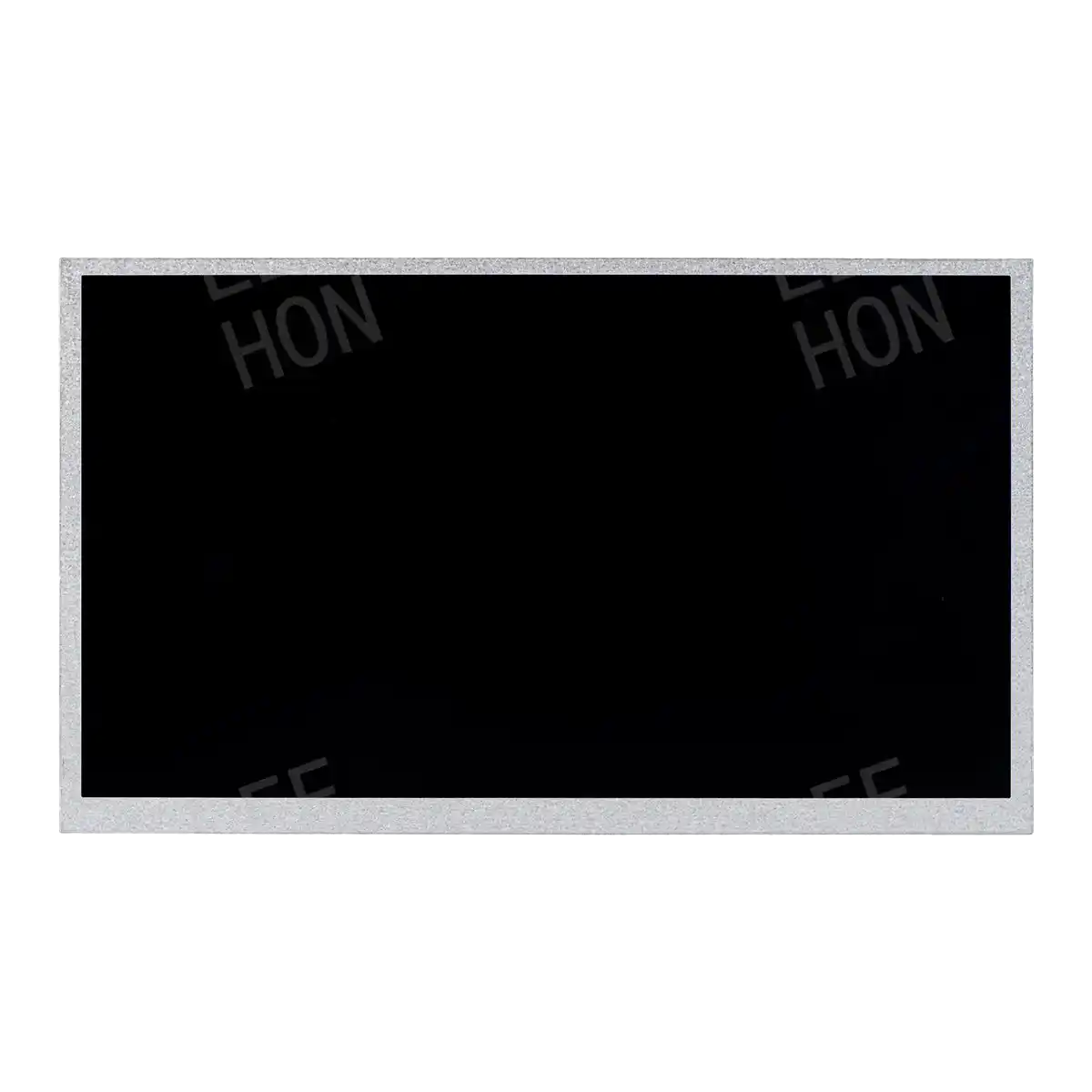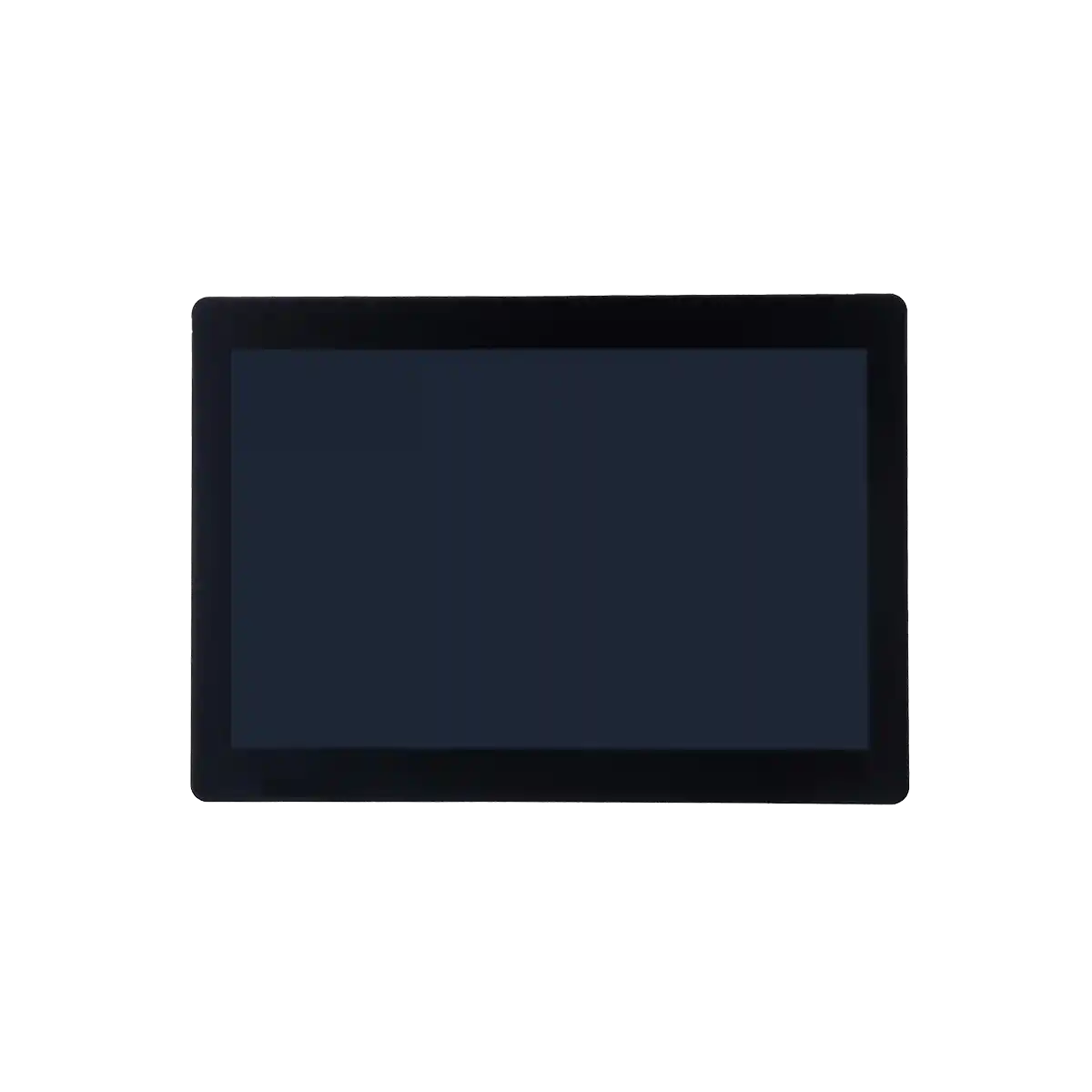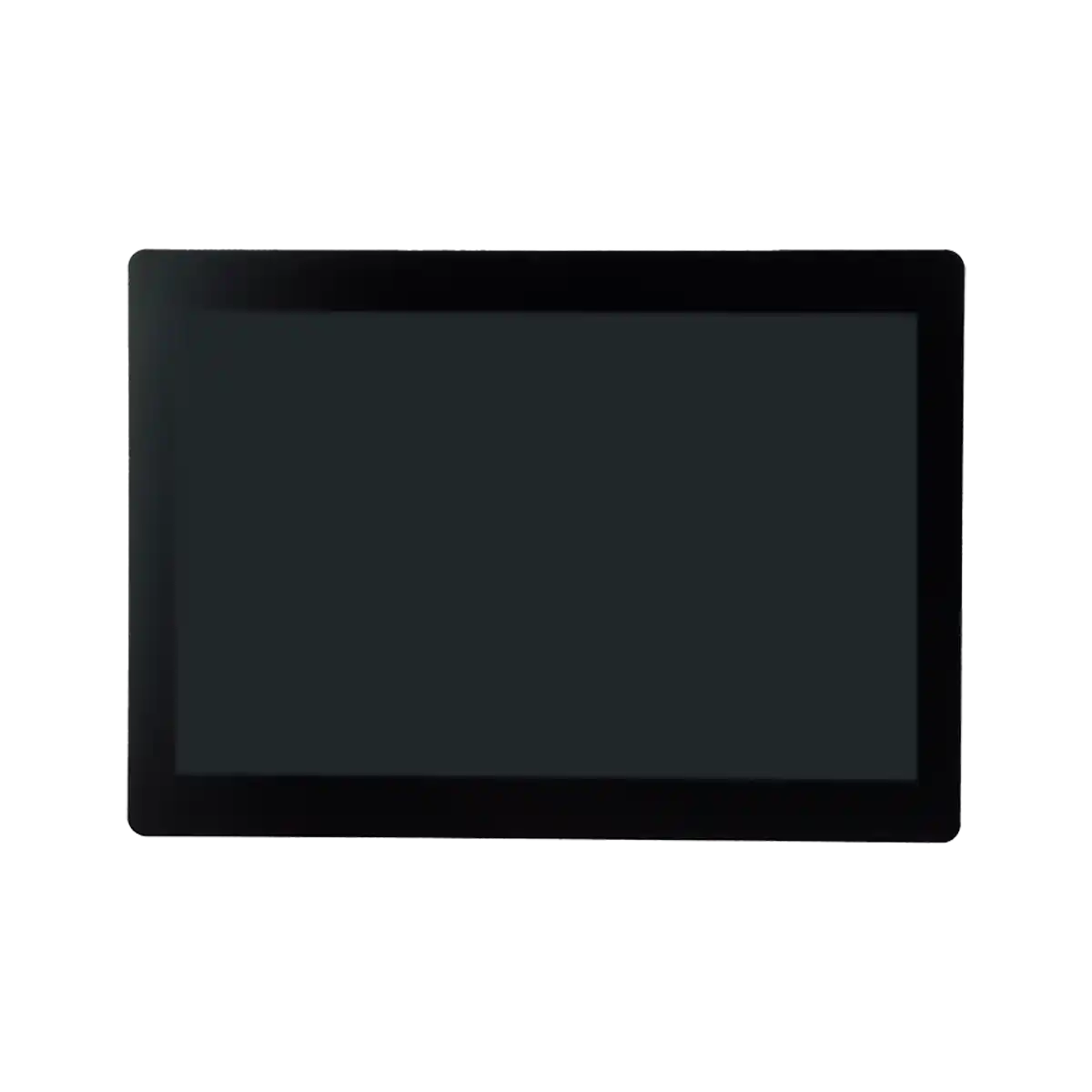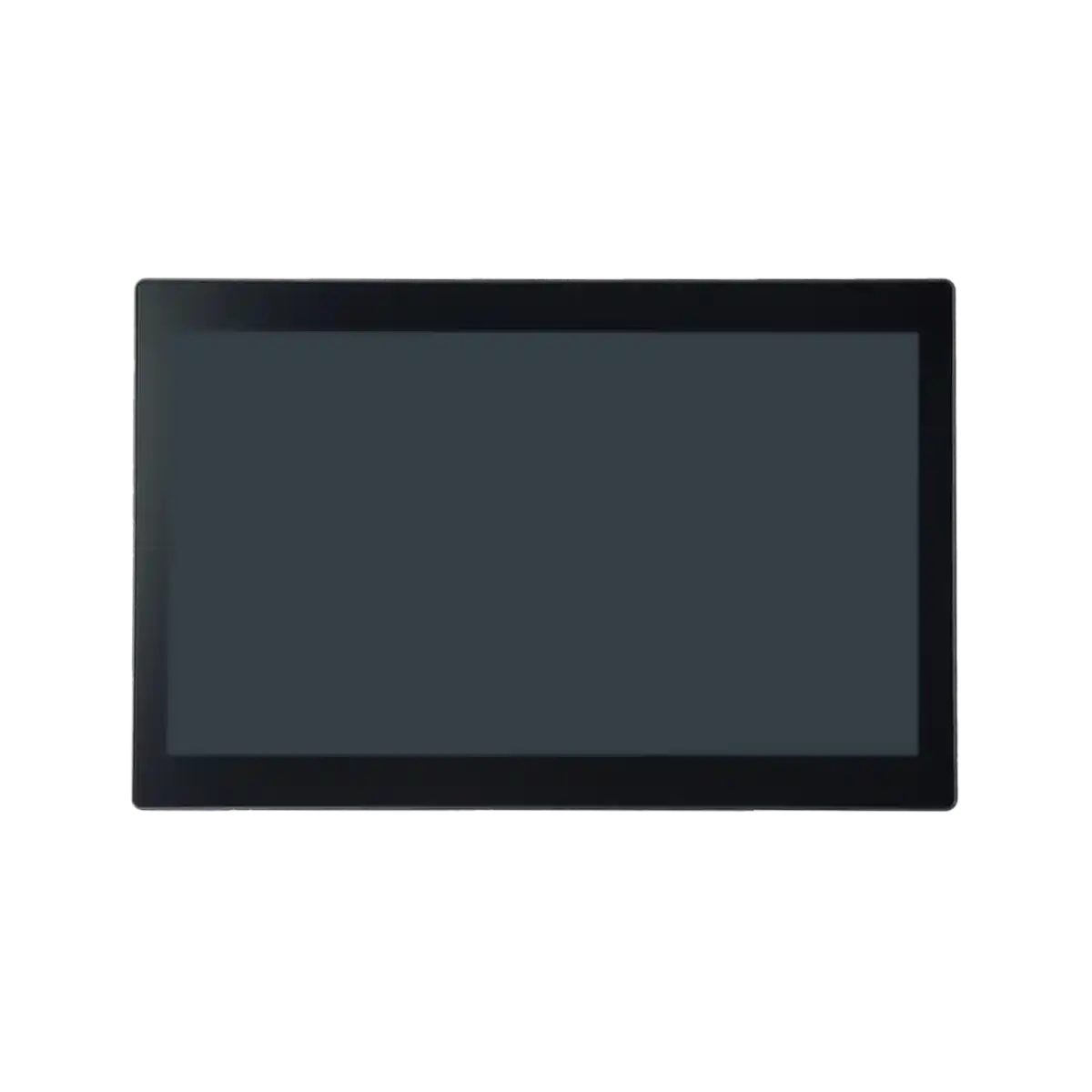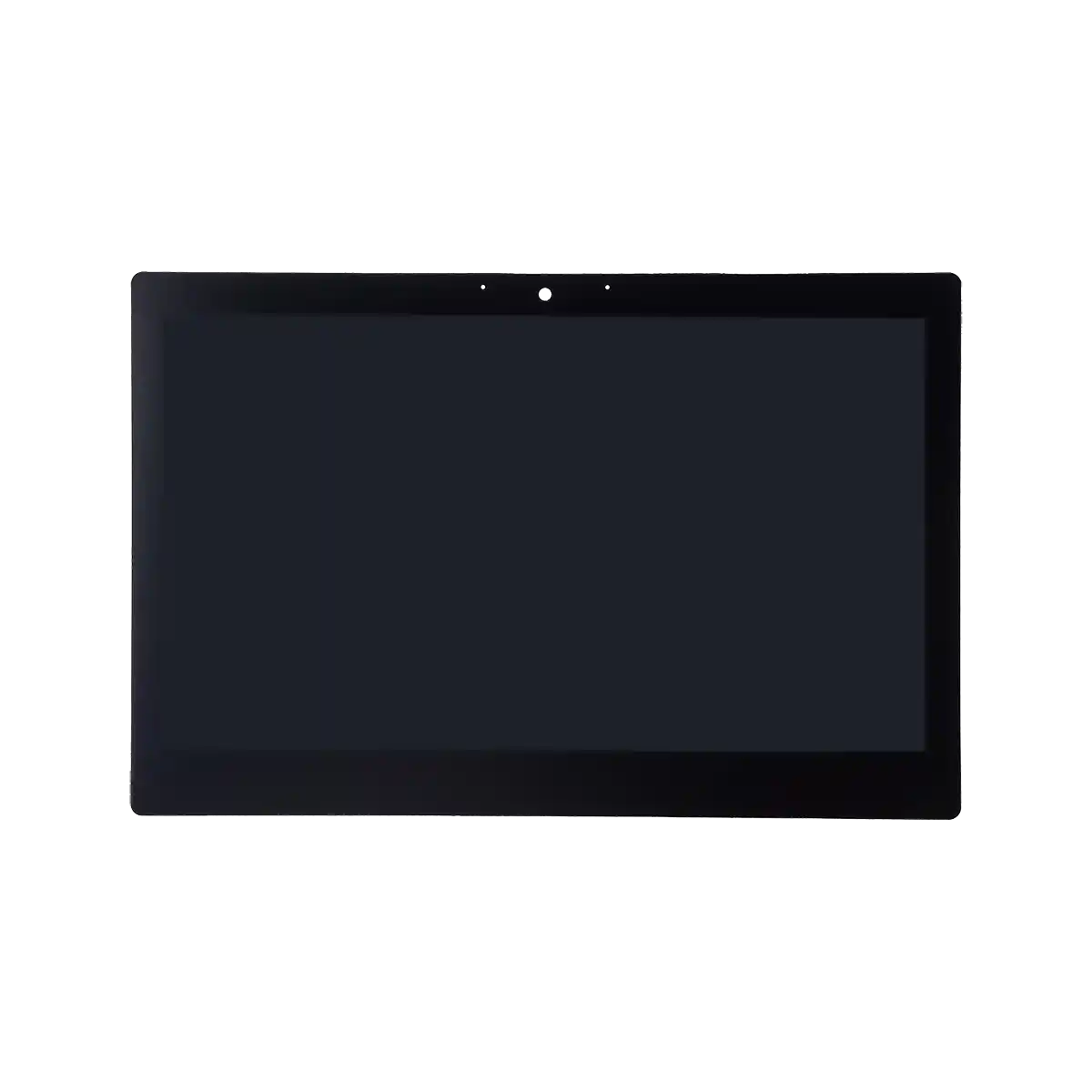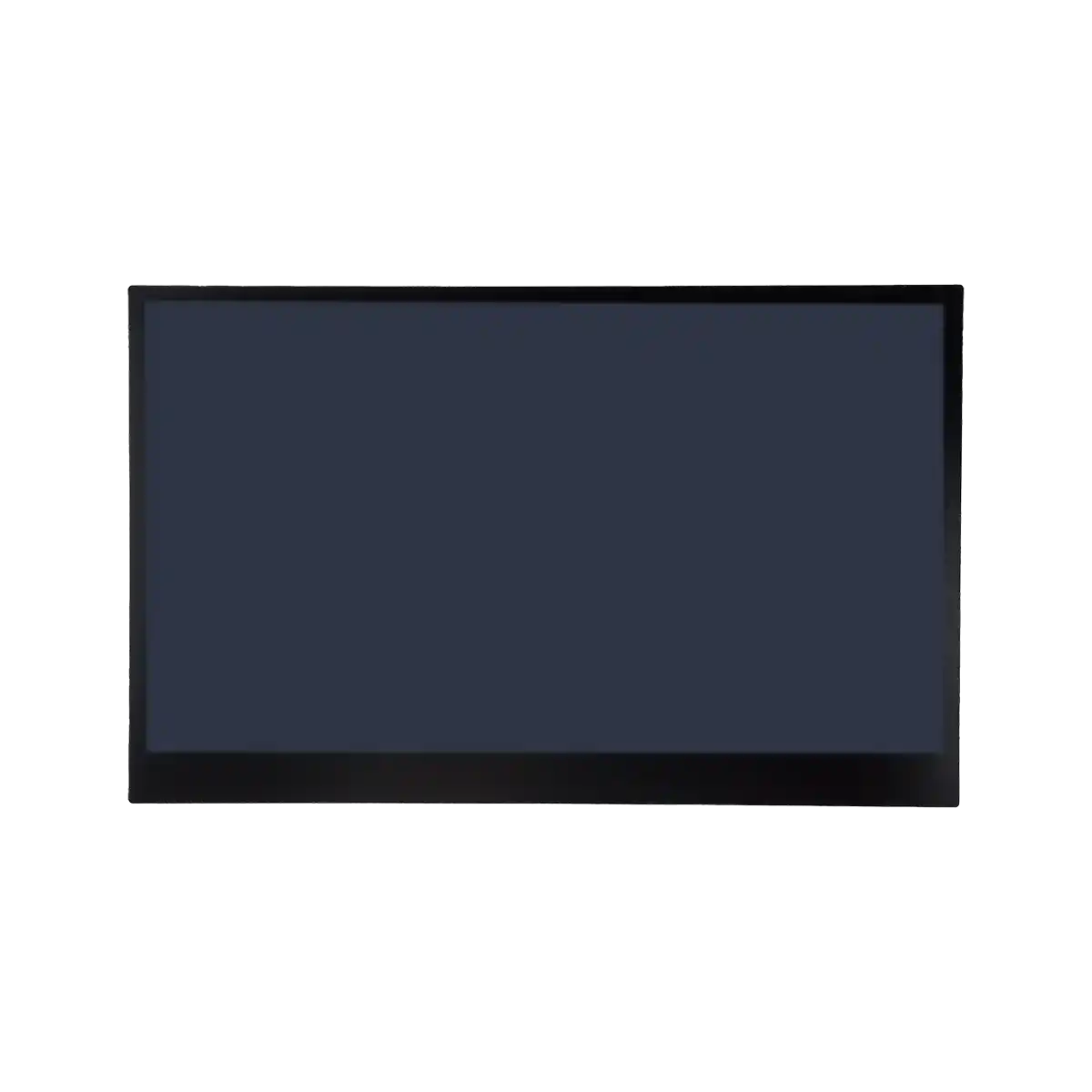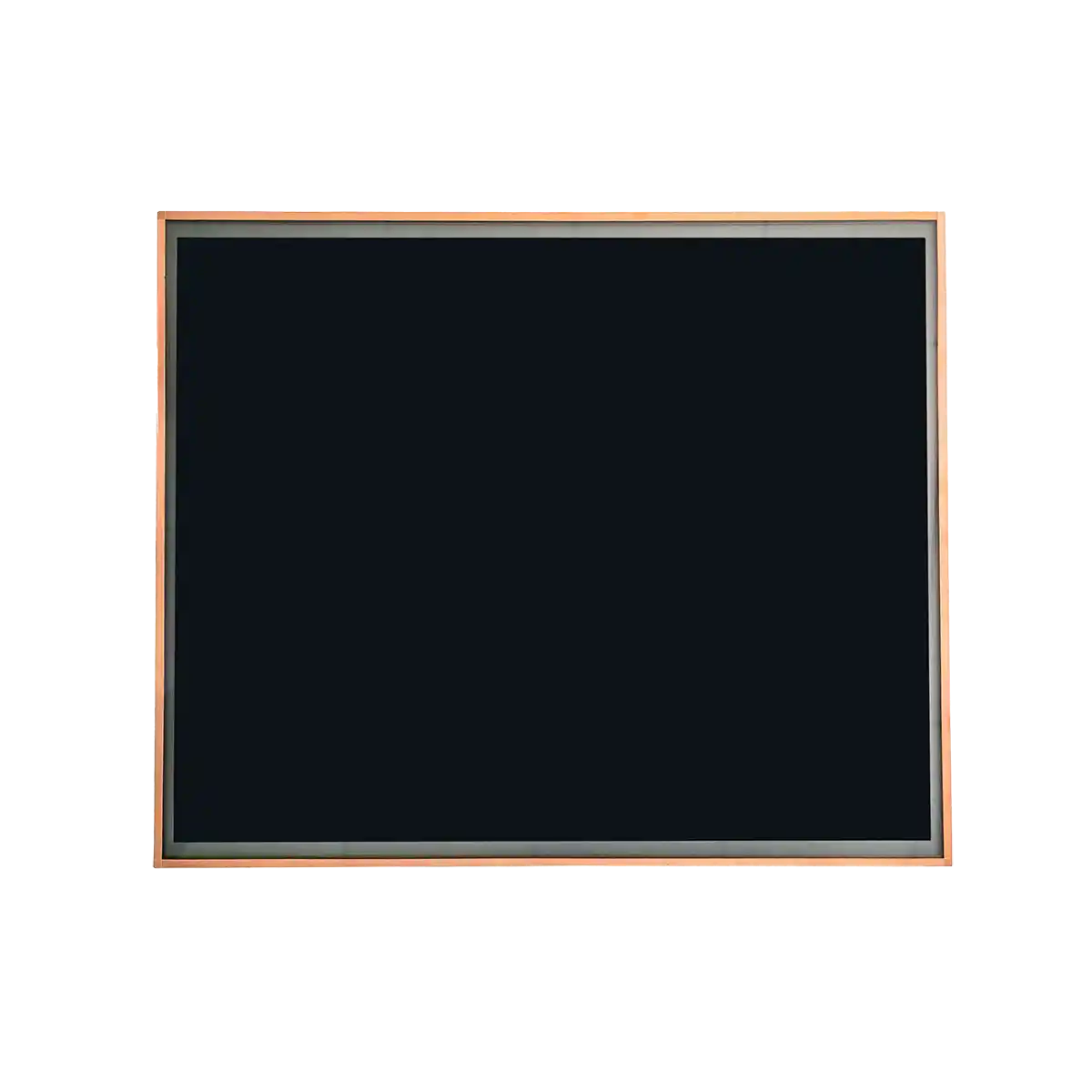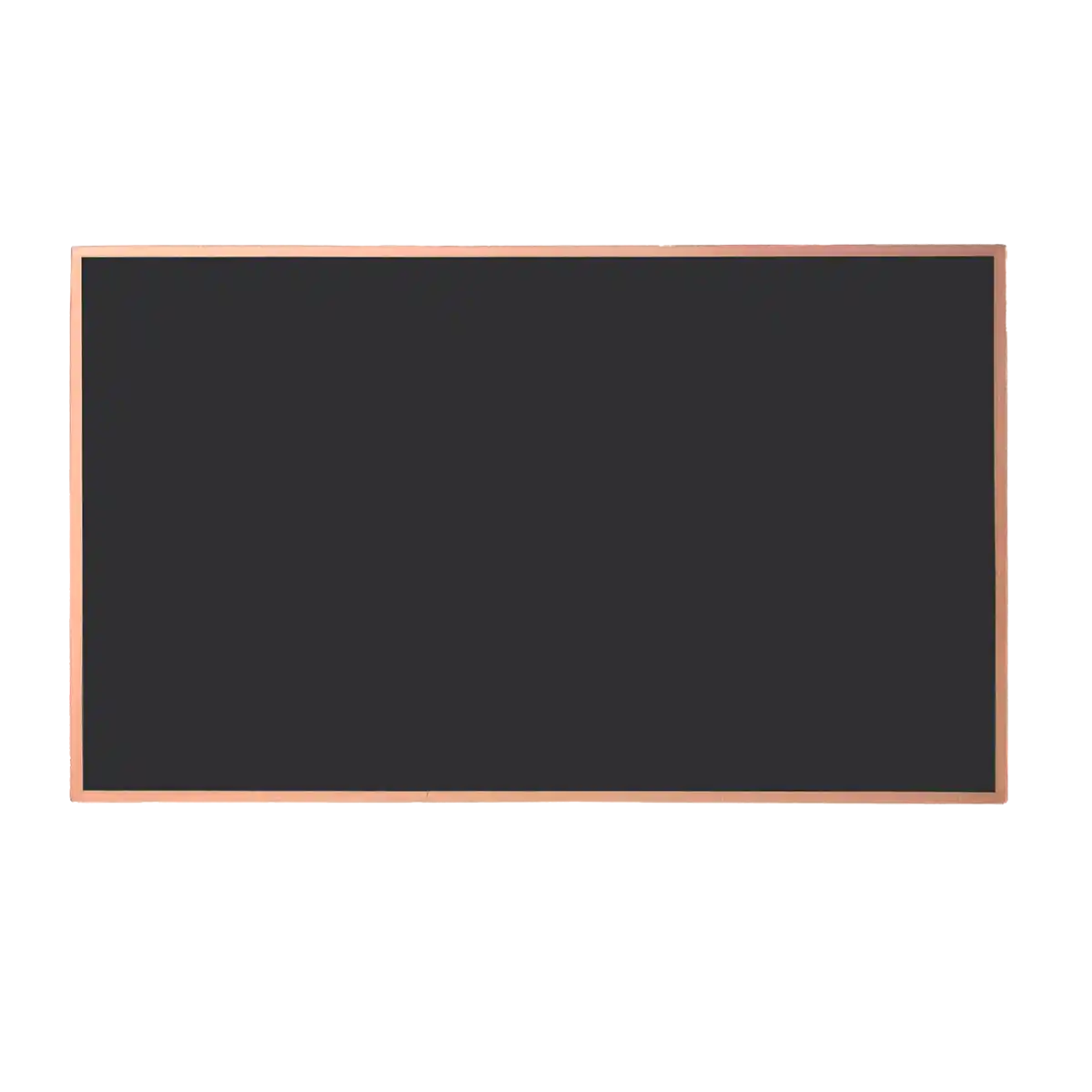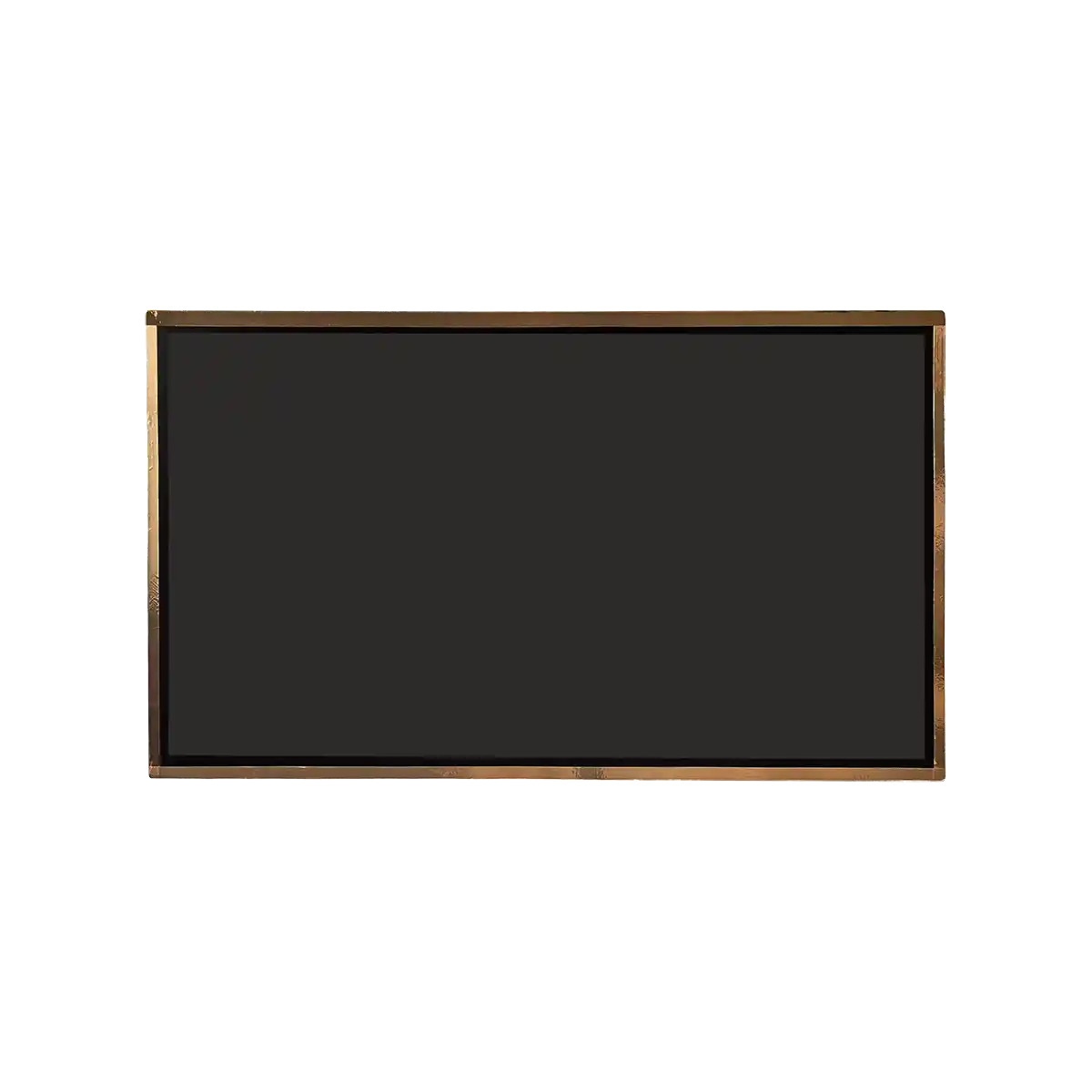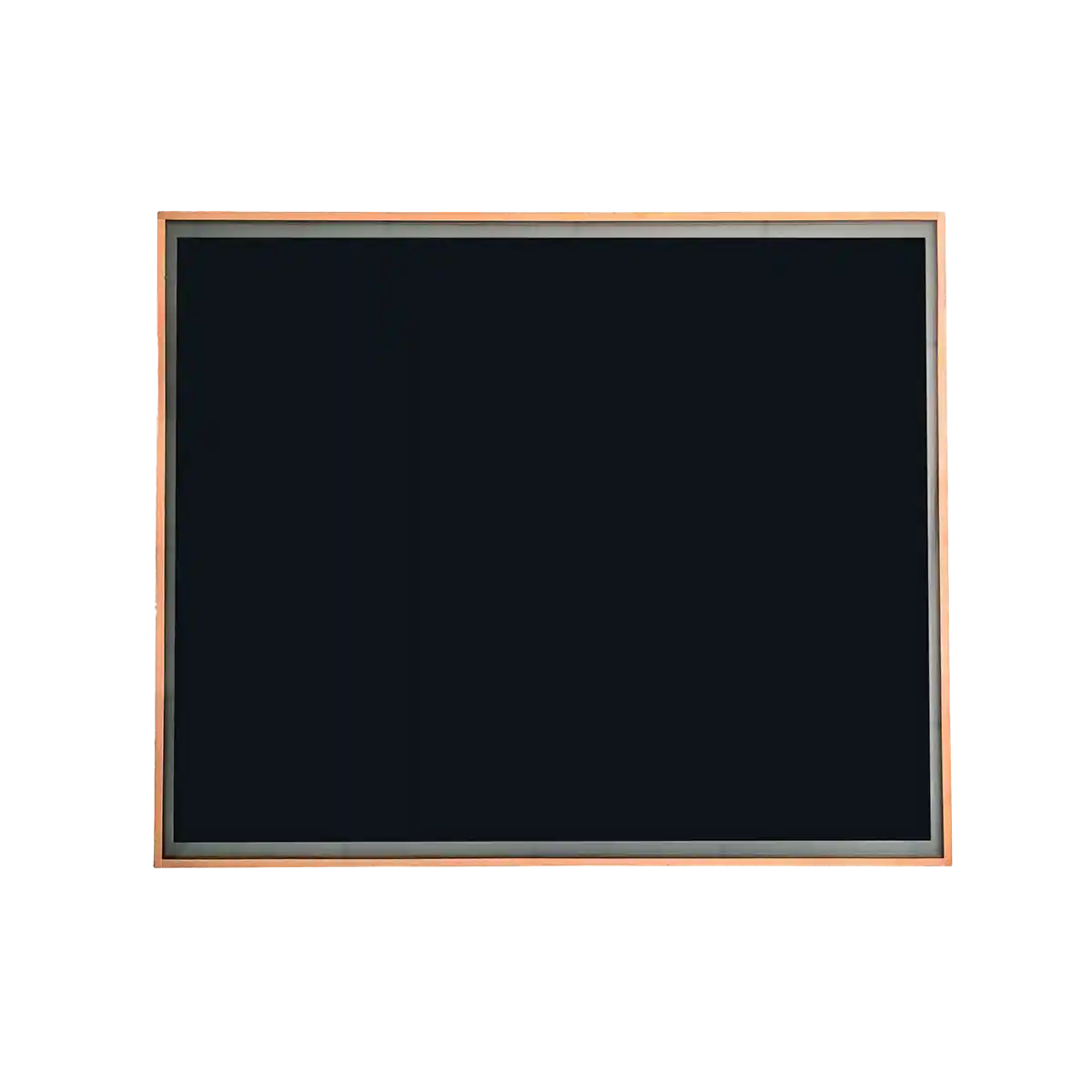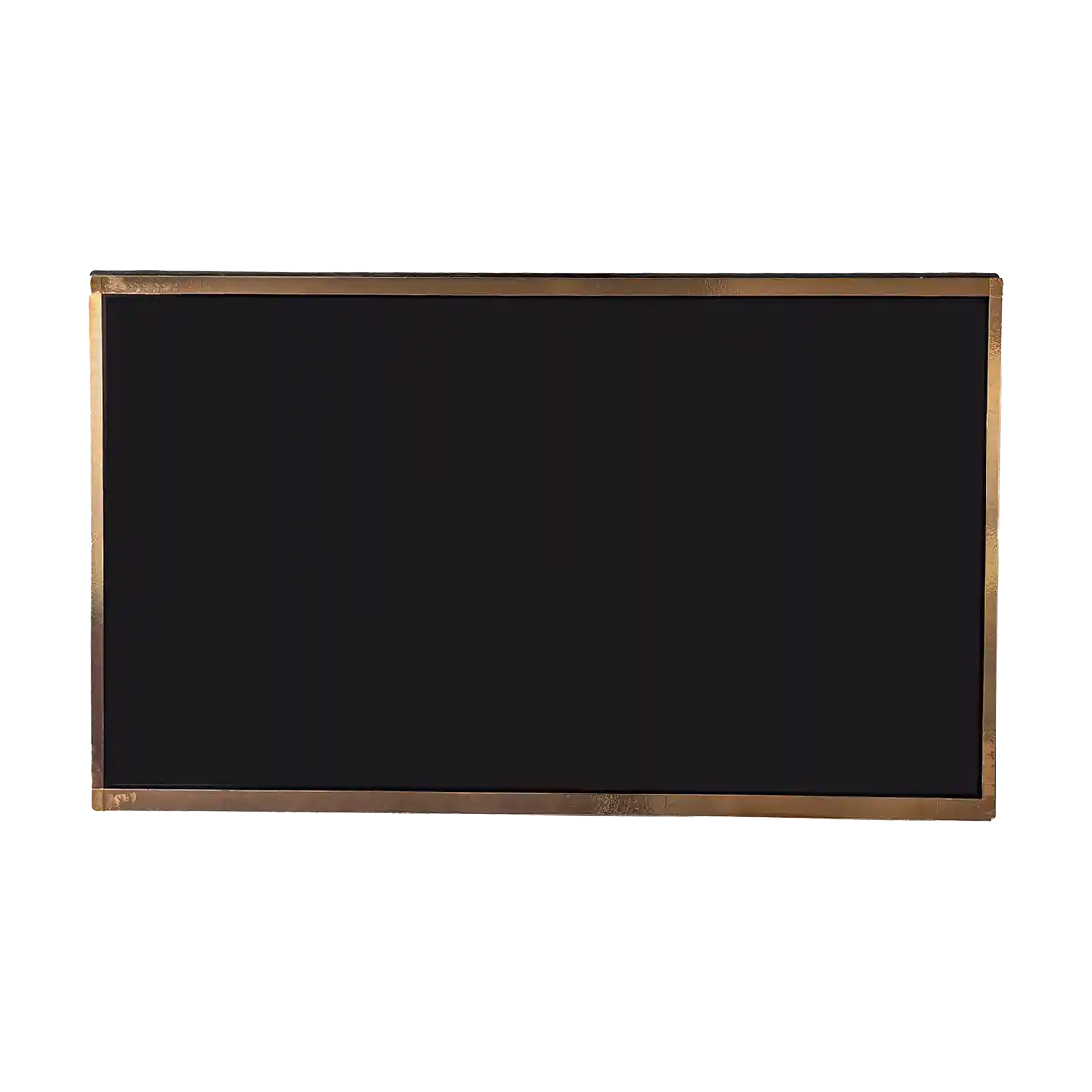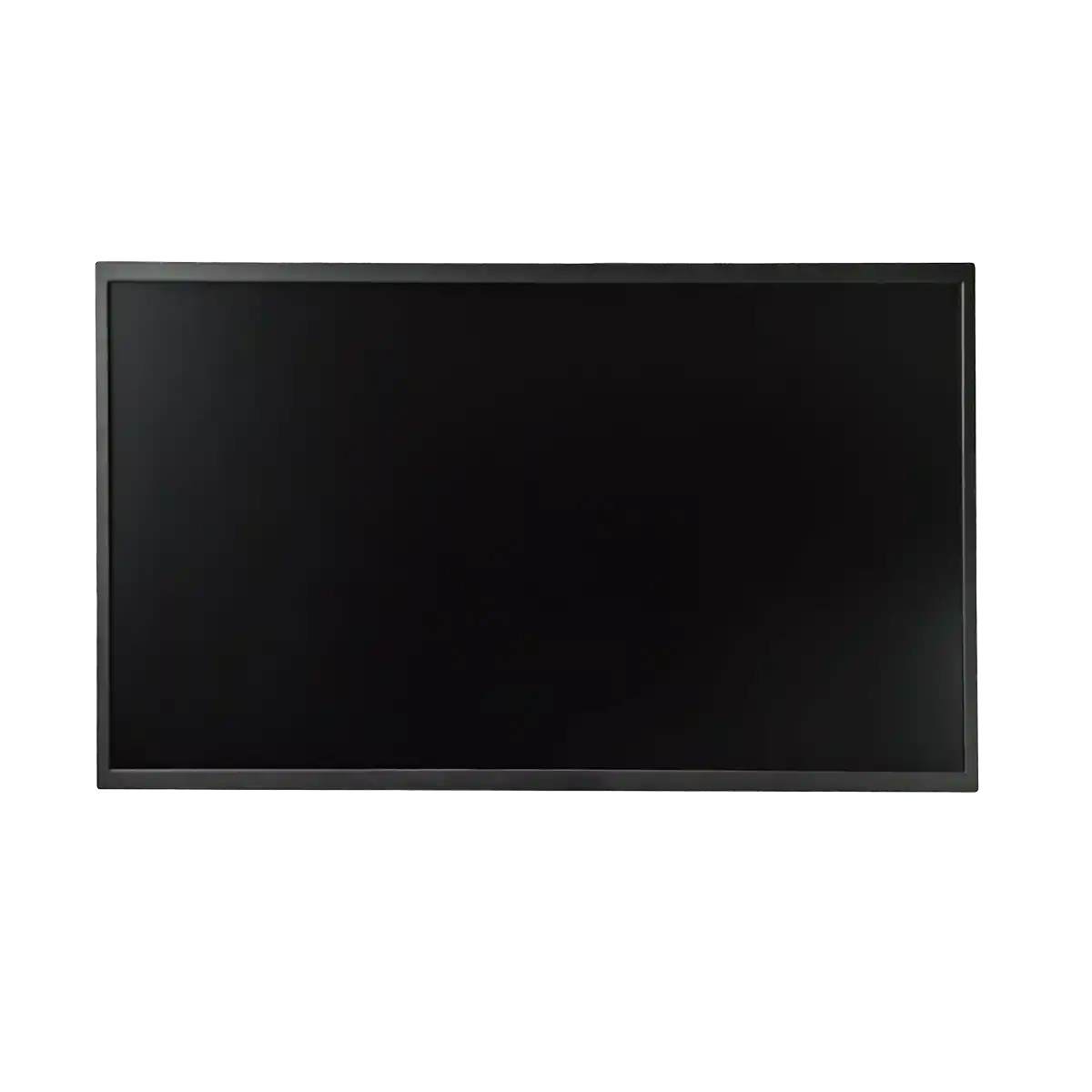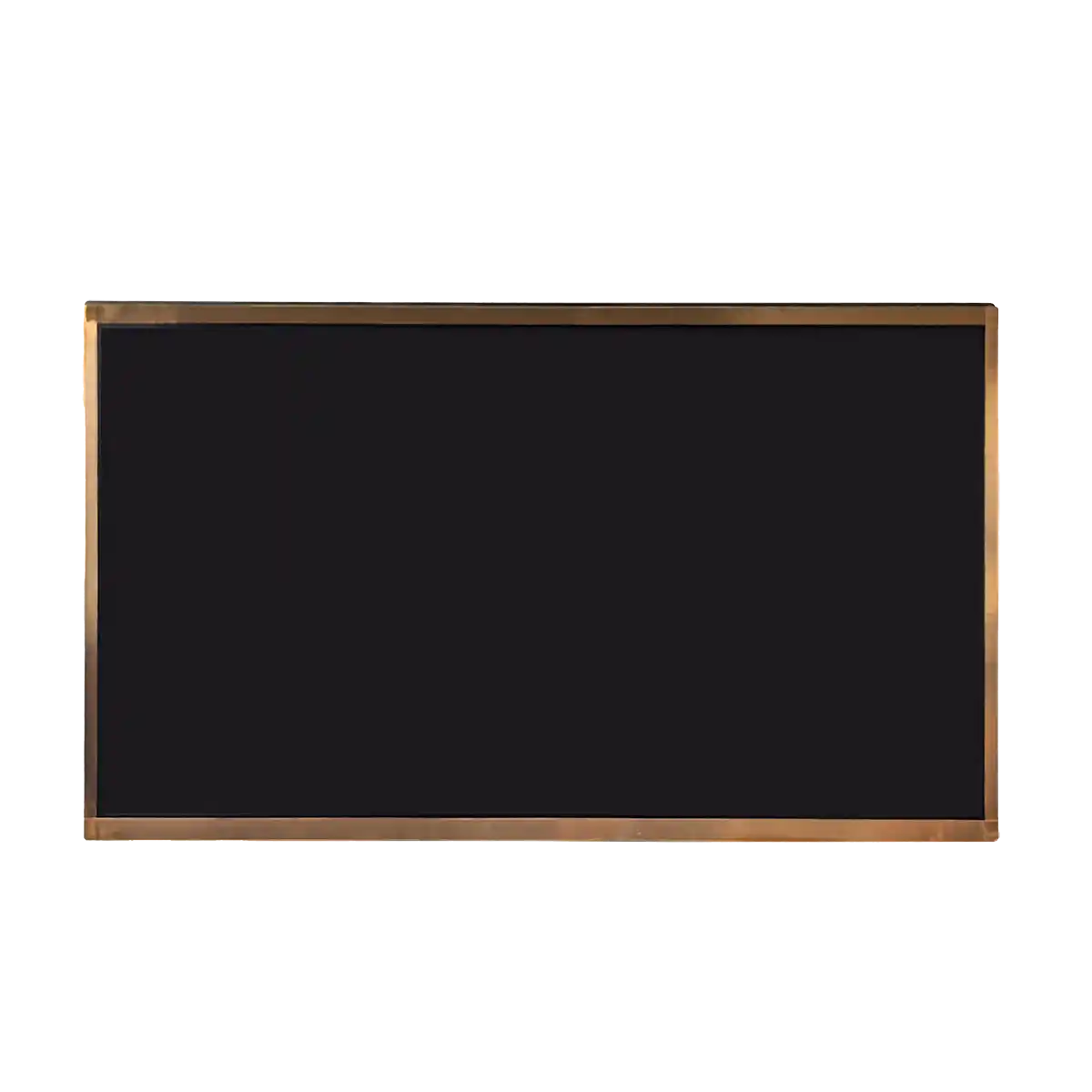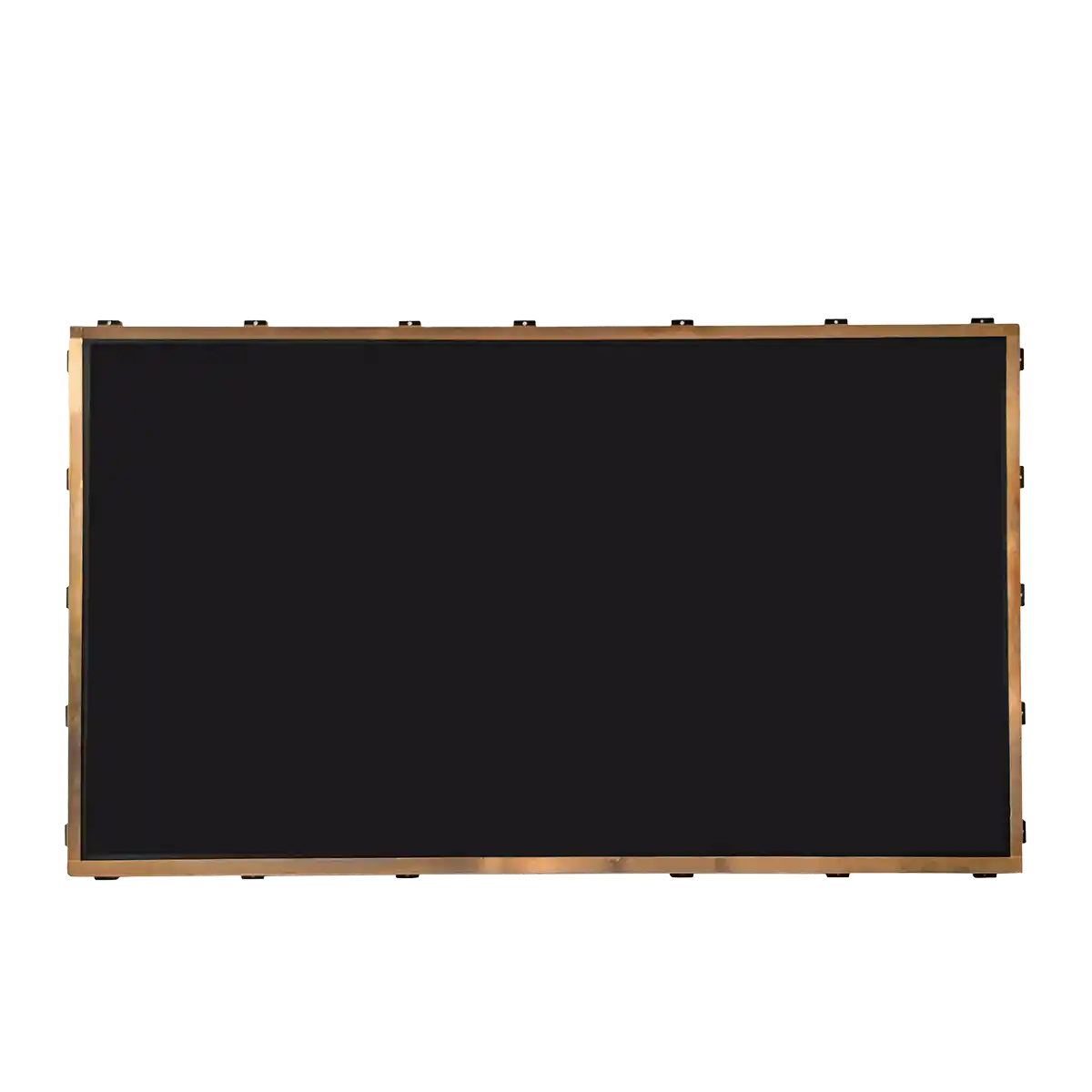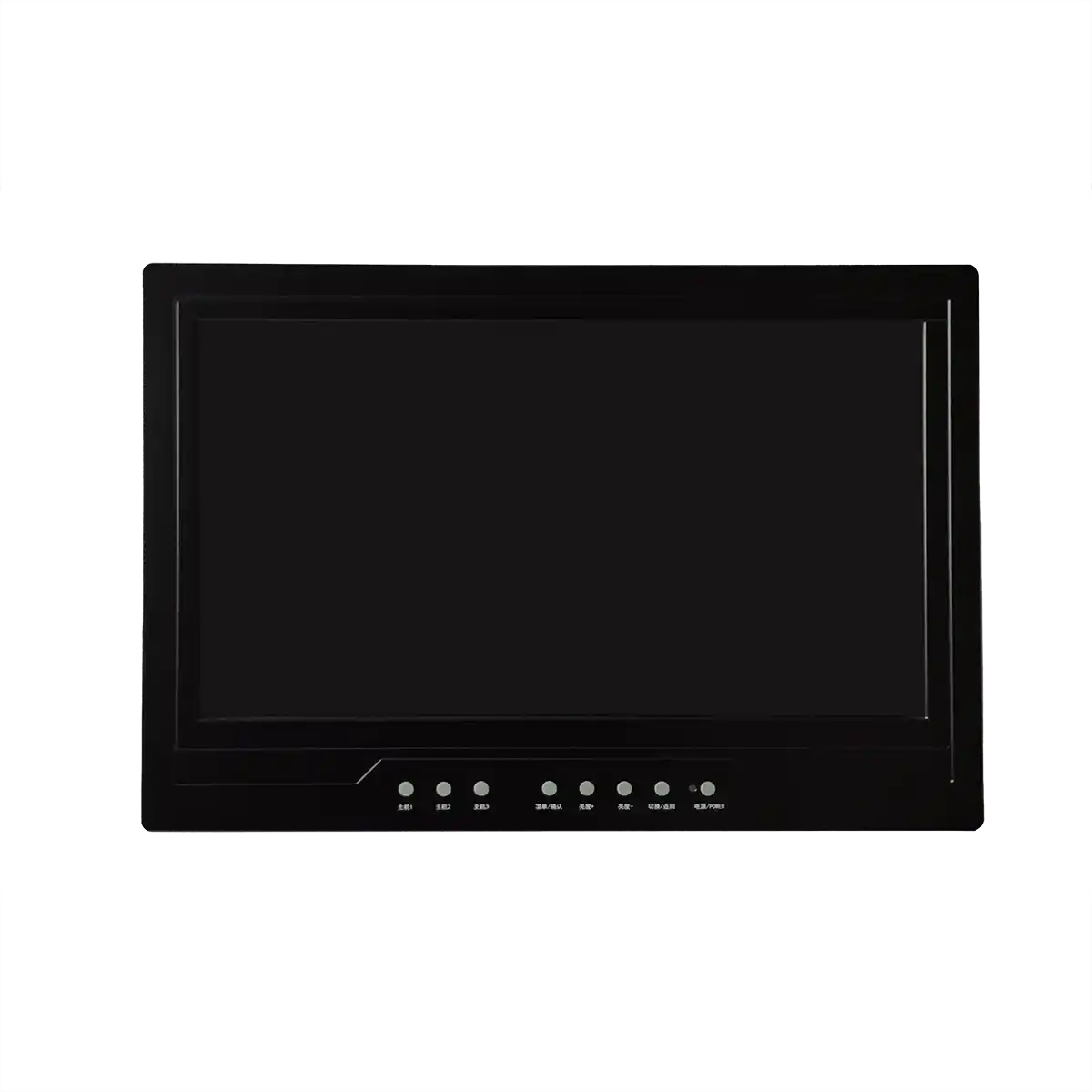Industrial LCD Screens: A Study in Efficiency
Introduction:
As an expert in the domain of industrial display technology, I am deeply familiar with the pivotal role that Industrial LCD Screens play in the quest for operational efficiency. These high-performance displays are not just a visual interface; they are a strategic asset that can significantly streamline processes and enhance the overall productivity of an industrial setting. In this comprehensive article, I will dissect the various ways in which Industrial LCD Screens contribute to efficiency, elucidating the mechanisms and benefits they offer.

Body:
Industrial LCD Screens, or Liquid Crystal Display screens crafted for the demands of industrial environments, are distinguished by their robustness and functionality. They are designed to operate flawlessly under various conditions, thereby ensuring efficiency in several critical aspects:
1. High-Resolution Imaging: Industrial LCD Screens boast high-resolution capabilities, enabling the precise display of intricate details. This clarity is essential for tasks that require meticulous visual inspection, thereby reducing the margin for error and enhancing the accuracy of operations.
2. Rugged Construction: Built to endure harsh conditions, these screens are encased in durable materials that protect against environmental factors such as extreme temperatures, moisture, and physical impacts. This durability minimizes maintenance and replacement costs, which in turn contributes to cost efficiency.
3. Brightness and Contrast Ratio: Industrial LCD Screens are designed with high brightness levels and optimal contrast ratios to ensure visibility in various lighting conditions. This feature is crucial for maintaining visual consistency across different shifts and environments, thereby supporting uninterrupted workflow and operational continuity.
4. Touchscreen Integration: Many Industrial LCD Screens incorporate advanced touchscreen technology, allowing for direct interaction with the displayed information. This capability can expedite control and monitoring processes, reducing the time required for manual inputs and increasing the speed of response.
5. Scalability and Customization: Industrial LCD Screens can be scaled to fit the size requirements of different machinery and can be customized to meet specific operational needs. This adaptability ensures that the screens can be seamlessly integrated into diverse industrial applications, enhancing the overall efficiency of the systems they support.
Conclusion:
The integration of Industrial LCD Screens into industrial operations is a testament to their contribution to efficiency. By providing high-resolution imaging, rugged construction, optimal visibility, interactive capabilities, and customizable solutions, these screens are instrumental in reducing errors, minimizing downtime, and accelerating processes. The efficiency gains realized through the use of Industrial LCD Screens are a direct reflection of their ability to meet the stringent requirements of modern industrial environments.
Expansion:
The future of Industrial LCD Screens holds promise for even greater efficiency gains. With the ongoing integration of the Internet of Things (IoT), these screens can become smart, connected devices that offer real-time data analytics, predictive maintenance insights, and automated process adjustments.
Furthermore, advancements in material science may lead to the development of ultra-durable and lightweight Industrial LCD Screens, which could be deployed in more mobile or space-constrained industrial settings. The incorporation of flexible displays could also pave the way for innovative form factors that better fit the ergonomics of specific tasks or machinery.
As display technology continues to evolve, we can anticipate the emergence of Industrial LCD Screens with enhanced energy efficiency, longer lifespans, and improved environmental sustainability. These advancements will not only bolster the operational efficiency of industries but also align with the growing emphasis on eco-friendly practices.
In conclusion, Industrial LCD Screens are a paragon of efficiency in the industrial sector. As technology progresses, their role is set to expand, offering industries an even more powerful tool to optimize their operations and achieve greater levels of efficiency and productivity.
This article has explored the critical role of Industrial LCD Screens in enhancing the efficiency of industrial operations. By examining their key features and potential future developments, we have seen how these advanced displays can significantly improve the accuracy, speed, and adaptability of industrial processes. As technology continues to advance, the capabilities and applications of Industrial LCD Screens will undoubtedly evolve, offering industries an increasingly efficient and effective means to optimize their operations.
Recommended Articles
-
Are the displays in Tesla's Cyb
2024-12-10 -
Interpretation Report on AUO's
2024-12-05 -
ADS Pro: The Future of Display
2024-12-04 -
The Trajectory of South Korea's
2024-12-04 -
Practical Applications of Indus
2024-09-26 -
Hangzhou LEEHON Technology supp
2024-09-14 -
How to Check for Issues in Indu
2024-09-11 -
How does an LCD screen find ind
2024-09-11 -
What is the difference between
2024-09-11 -
In-depth analysis of the develo
2024-09-10


